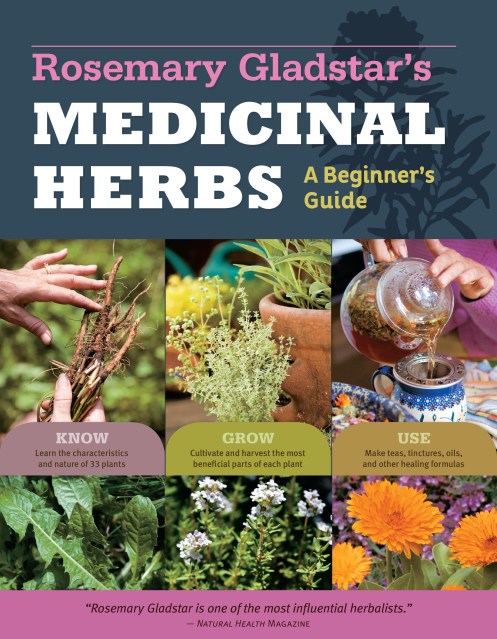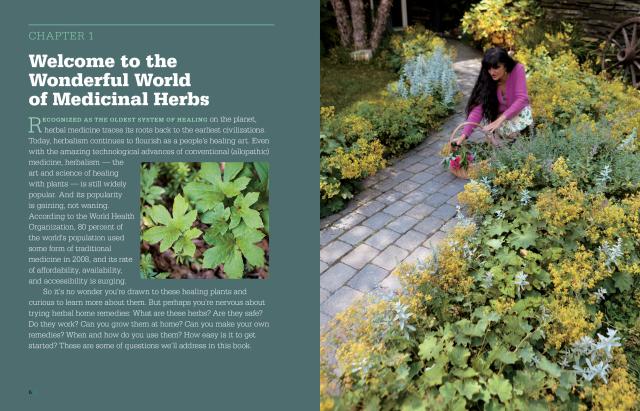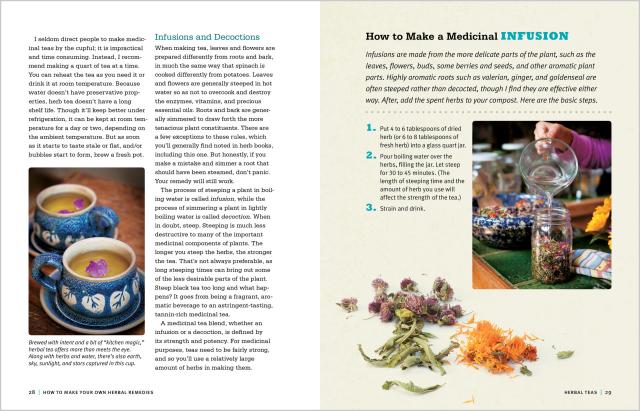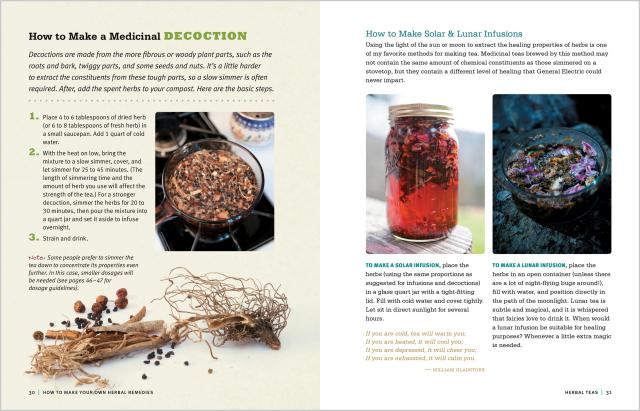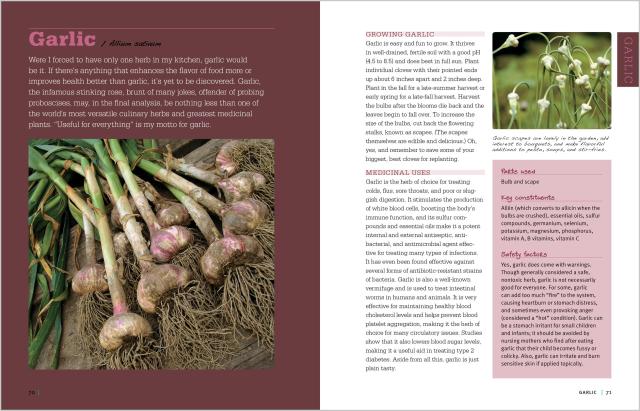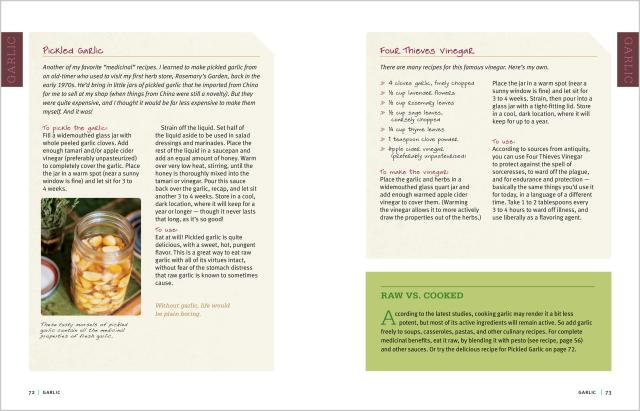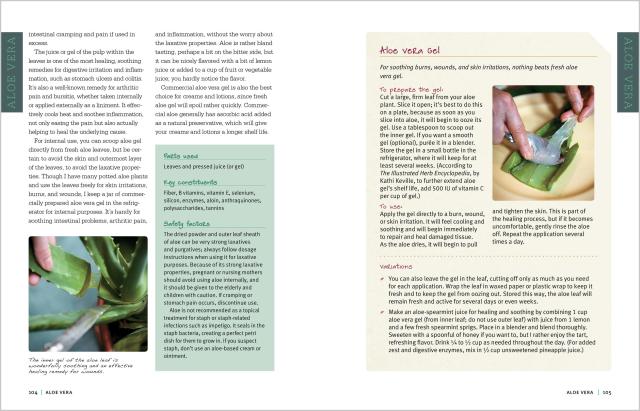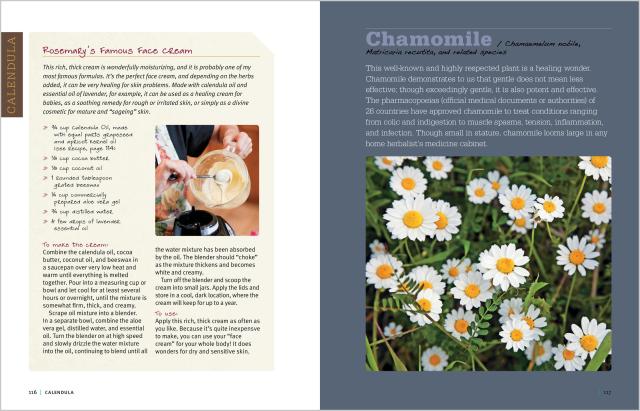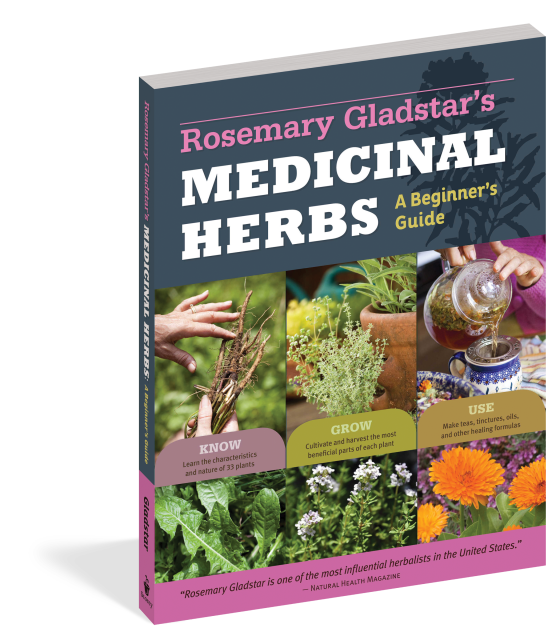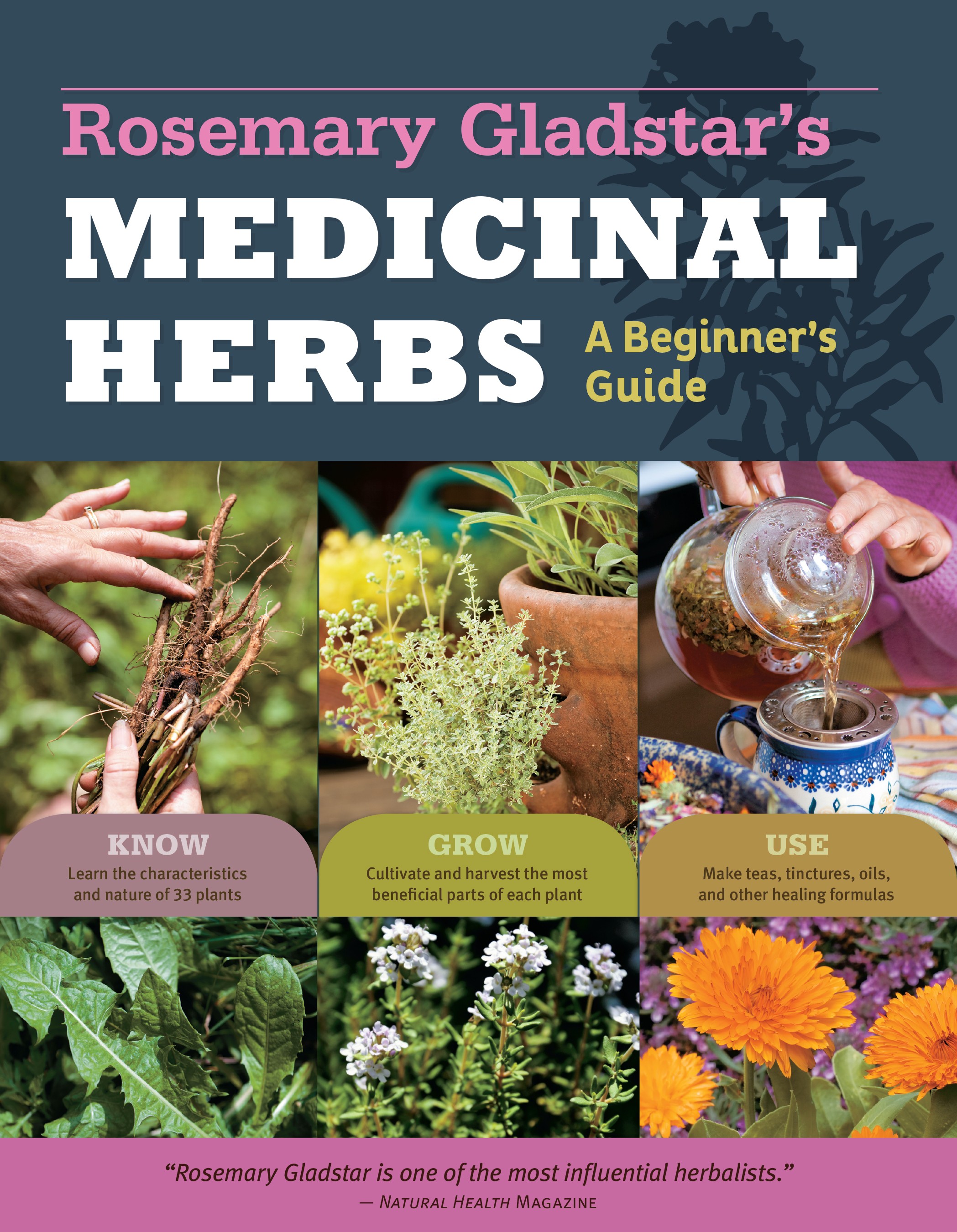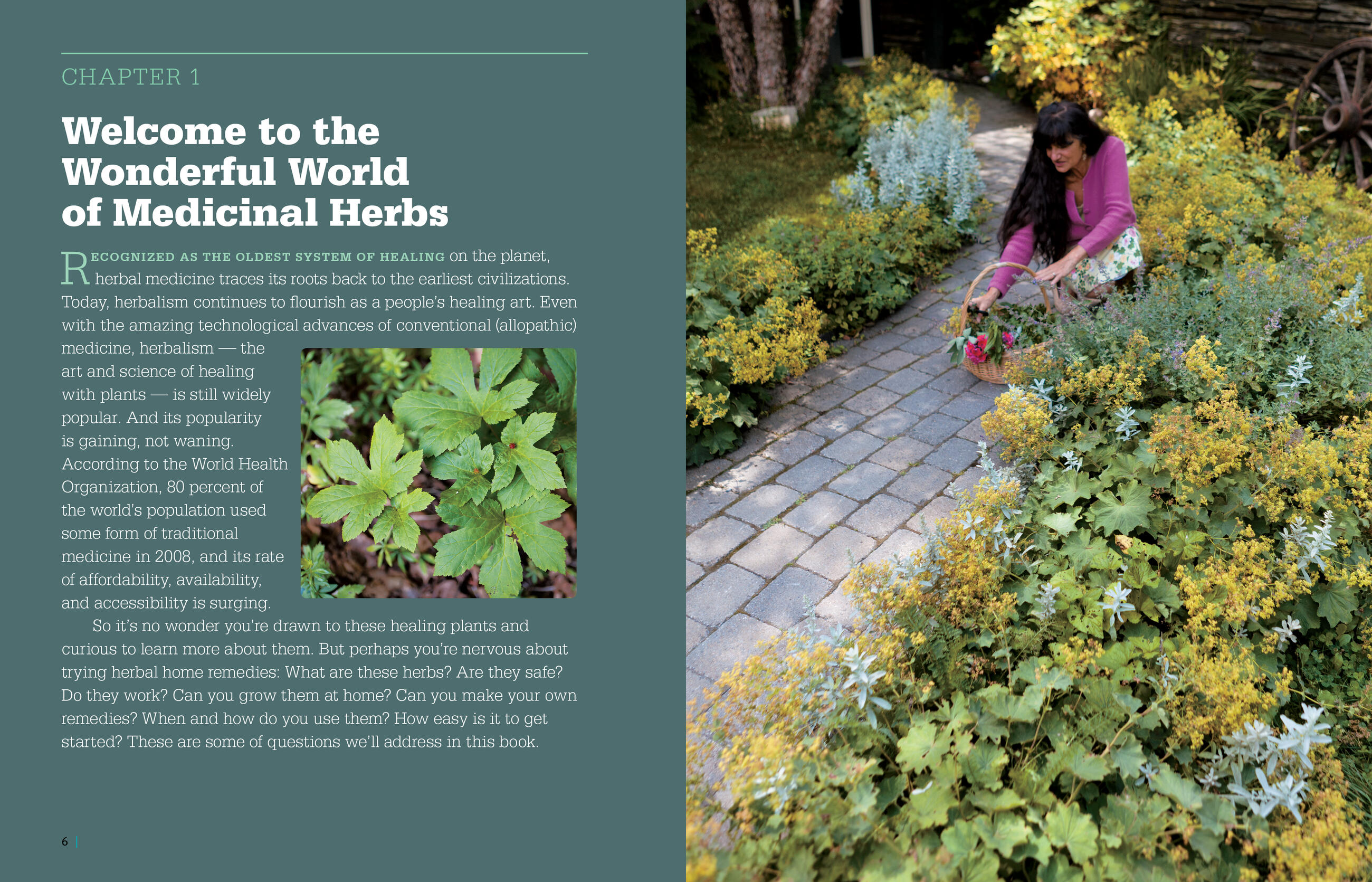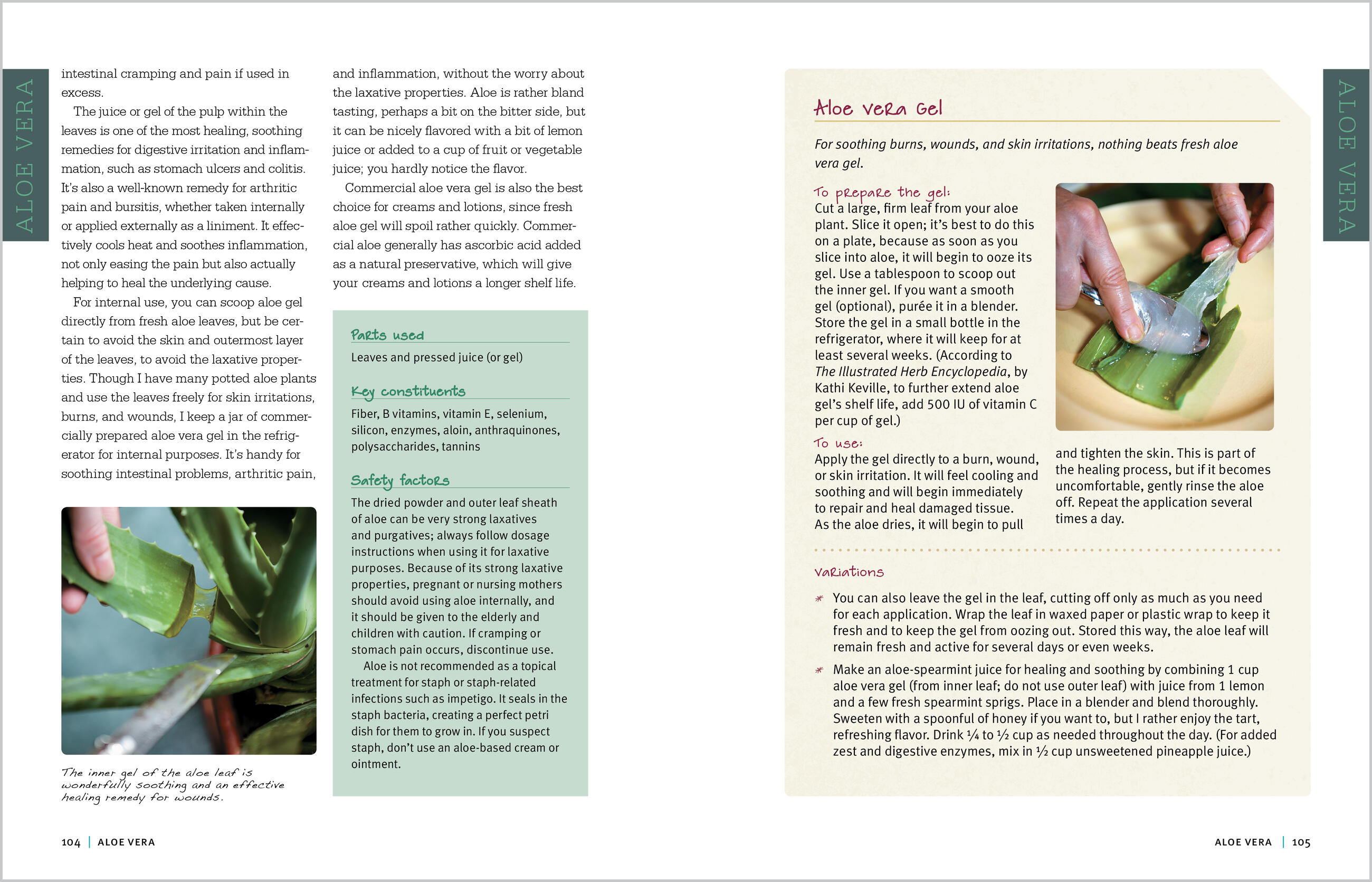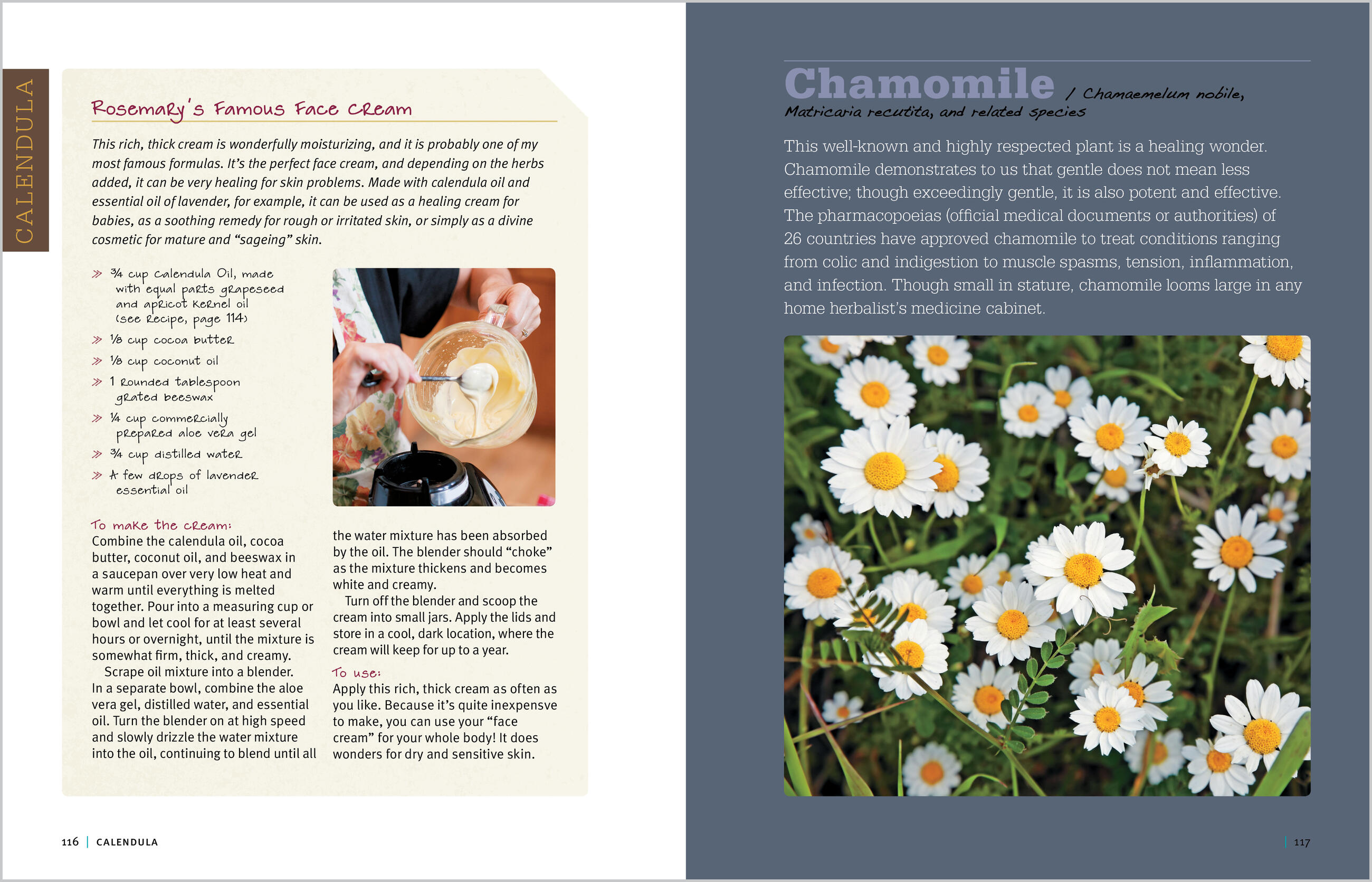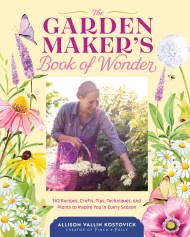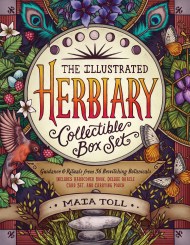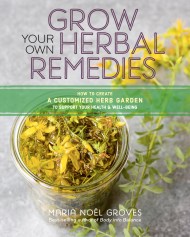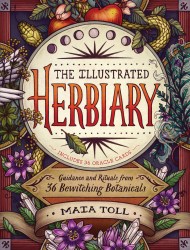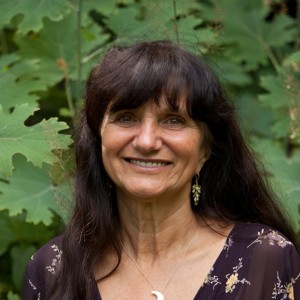Promotion
Use code MOM24 for 20% off site wide + free shipping over $45
Rosemary Gladstar's Medicinal Herbs: A Beginner's Guide
33 Healing Herbs to Know, Grow, and Use
Contributors
Formats and Prices
Price
$16.99Price
$22.99 CADFormat
Format:
- Trade Paperback $16.99 $22.99 CAD
- ebook $2.99 $2.99 CAD
This item is a preorder. Your payment method will be charged immediately, and the product is expected to ship on or around April 10, 2012. This date is subject to change due to shipping delays beyond our control.
Also available from:
Craft a soothing aloe lotion after an encounter with poison ivy, make a dandelion-burdock tincture to fix sluggish digestion, and brew up some lavender-lemon balm tea to ease a stressful day. In this introductory guide, Rosemary Gladstar shows you how easy it can be to make your own herbal remedies for life’s common ailments. Gladstar profiles 33 common healing plants and includes advice on growing, harvesting, preparing, and using herbs in healing tinctures, oils, and creams. Stock your medicine cabinet full of all-natural, low-cost herbal preparations.
Genre:
-
“The goal of this beginner's guide is to teach readers how to identify and cultivate medicinal herbs and then use them to create healing oils, salves, tonics and more. ... Whether your passions lie in gardening, crafting or natural health, you'll find this a wonderful addition to your home library."“Rosemary Gladstar is one of the most influential herbalists.”
—Natural Health Magazine
“Rosemary has graced the reader with her knowledge, experience, and love of herbs.”
—Dr. Mary Bove, Naturopathic Physician
“In this empowering book, Rosemary teaches about using healing herbs with a thankful heart.”
—Michael Phillips, Author of The Holistic Orchard
-
“This book is a brand new, sparkling gem, full of treats and surprises and everything important. … not just for the beginner, even though that’s what the title says. It will definitely be inspiring and helpful to someone just starting out, but also to anyone who’s been working with herbs for a while and might be looking for some fresh inspiration.”
-
“Rosemary Gladstar has been herbal wise woman to several generations, training future herbalists for 25 years at herSage Mountain Retreat Centeron 500 acres in Vermont. For those new to using herbs medicinally, her "Rosemary Gladstar's Medicinal Herbs: A Beginner's Guide"(Storey Publishing, 2012) is the perfect entry, with easy recipes, preparation basics and growing know-how.”HerbalGram: The Journal of the American Botanical Council
-
“One of the most-trusted and well-respected herbalists of our time, Rosemary Gladstar, teaches readers how to grow, harvest, prepare, and use 33 of her favorite herbs in this new title. ... this book is a must-read for every budding herbalist."Urban Farm
-
"This expert herbalist always offers exert advice ... Anyone can prepare her tried and true, yet always effective, recipes."The Essential Herbal
-
“A compilation of the insights and wisdom gained from a lifetime of practice using medicinal herbs … highly useful for anyone wishing to bring herbs into their life”
-
“The goal of this beginner's guide is to teach readers how to identify and cultivate medicinal herbs and then use them to create healing oils, salves, tonics and more. ... Whether your passions lie in gardening, crafting or natural health, you'll find this a wonderful addition to your home library."
- On Sale
- Apr 10, 2012
- Page Count
- 224 pages
- Publisher
- Storey
- ISBN-13
- 9781612120058
Newsletter Signup
By clicking ‘Sign Up,’ I acknowledge that I have read and agree to Hachette Book Group’s Privacy Policy and Terms of Use
